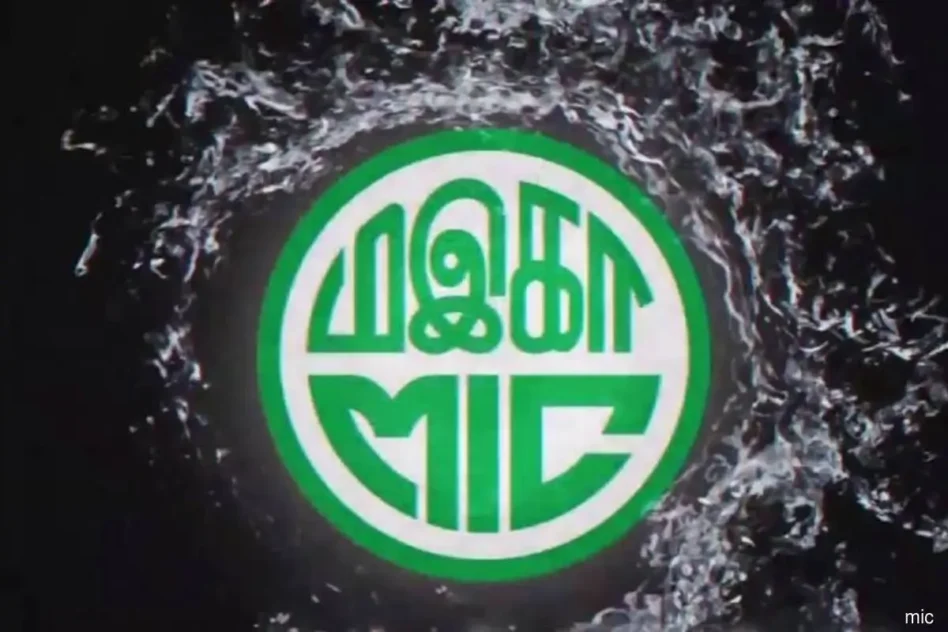IT is a given that digitilisation is the way forward or being left behind. Other than using big data analytics deployed by central governments and giant corporations, what can other organisations with far fewer resources do to leapfrog to the forefront and stay ahead of competitors?
In their quests for excellence, many organisations have developed standards that deliver top-notch services or produce superior-quality goods.
Quite a few gained International Organisation for Standardisation (ISO) certifications to further boost their credibility.
To aggrandise public image, many public and private sector organisations display grandiose vision and mission statements on their websites and office walls.
But they are hollow if the staff cannot even name the first few steps needed to embark on such a noble journey.
Furthermore, many companies proudly include a string of industry awards in their advertisements and exhibit them on display shelves at their reception.
However, only a few such awards went through meticulous selection with the criteria spelled out by a highly respected panel.
But the majority are rather dubious, including “international awards” requiring recipients to travel long distances to receive them at grand dinners in 5-star hotels overseas.
Whether awards were bought directly or indirectly, the ceremonies are nothing more than hyped-up business events.
To the unsuspecting public, the image of organising bodies may have been elevated by churning out numerous awards.
For example, there were over 100 winners at the 6th Annual Malaysia Tourism Council Gold Awards in Kuching on Oct 22, 2022, making them a dime a dozen.
Several months later, the Malaysia Tourism Council was deregistered by the Registrar of Societies and investigated by the police for allegations of funds mismanagement. This came after the termination and sacking of several member associations and office-bearers.
As a travel industry trainer and business consultant, I am the least impressed with vision and mission statements, ISO certifications and industry awards. This is because the success of any organisation depends on setting and executing sound policies, procedures and processes.
Standard operating procedures (SOPs) must be written down to be clearly understood and fully complied with to deliver consistent services and achieve sustainable results.
SOPs are great for routine matters but can be inadequate to handle emergencies, accidents and incidents.

When unfortunate events occur, most organisations will be caught off guard. While some may succeed in swiftly controlling the damage, others could freeze or be in a panicky mode, letting the situation escalate, and allowing minor incidents to turn into major disasters.
So, what is the most transformative exercise organisations can undertake? The answer is setting up contingency plans, which are SOPs needed to handle emergencies, accidents and incidents to prevent and control disasters. The exercise could change the company’s DNA for the better.
The benefits are immediate as SOPs on routine matters will also be perfected. Productivity and profits will rise in tandem with increased safety and security, without which the reputation or very existence of large corporations could be wiped out by a major man-made or natural disaster.
For example, if I were to choose between three bidding tour companies that are overall equally good to organise an overseas incentive trip to reward the performance for 1,000 qualifiers, I would certainly pick the one with contingency plans in place over the other two without.
Why? Any organisation that has prepared contingency plans would have attempted to identify all the things that could go wrong and taken measures to prevent or reduce their possibilities. And if something untoward were to happen, it would be handled as well as possibly could.
But why less than one percent of organisations have contingency plans? This is because they cannot be bought off the shelves as contingency plans must be developed internally and also incorporate contact numbers of key staff and contractors for immediate actions or decisions.
Contingency plans cannot be completed within a few days as it will take many weeks and possibly a few months, starting with a working committee of between four to eight. They are to be immersed in intensive freewheeling discussions in brainstorming sessions.
Every point, proposal or possibility is to be recorded without being judgmental initially to facilitate a free flow of ideas.
The possible problems or things that could go wrong could easily number by the hundreds and even by the thousands and can range from likely to unlikely or “impossible”.
They are to be grouped before deciding on the best solutions, which would then be presented to the top management for advice and amendment.
Such presentations and amendments would have to be repeated dozens of times before the contingency plans are finally ready.
Contingency plans in PDF files and uploaded on phones allow for easy retrieval and should have many versions, with the fullest version with sensitive matters confined to owners, directors and senior management, and lesser versions for management, supervisory, office and field staff. – Sept 2, 2024
YS Chan is master trainer for Mesra Malaysia and Travel and Tours Enhancement Course and an Asean Tourism Master Trainer. He is also a tourism and transport business consultant.
The views expressed are solely of the author and do not necessarily reflect those of Focus Malaysia.
Main image: HRM Asia









